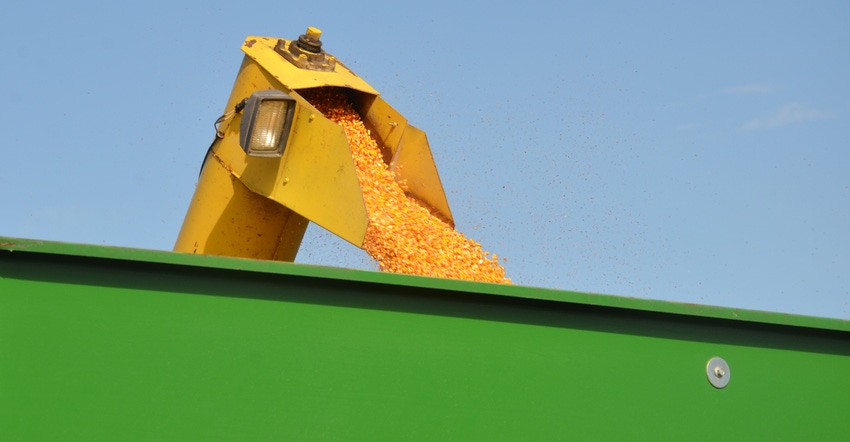January 28, 2020

You can gain insights from following the soybean-to-corn price ratio over time. It’s simply soybean price per bushel divided by corn price. For example, if soybeans are $9 per bushel and corn is $3.75, the ratio is 2.4.
Using Indiana cash prices reported by the USDA National Agricultural Statistics Service, average soybean-to-corn price ratio from January 2000 to December 2019 was 2.52. This ratio was quite variable in 2019, ranging from 1.93 in July to 2.37 in January.
How common or uncommon is it for this ratio to be substantially above or below the long-run average? Does a low or high ratio signal a change in the relative profitability between corn and soybeans? This article attempts to answer these two questions
Look at long run
As indicated, the long-run soybean-to-corn ratio for Indiana is 2.52. The standard deviation, a measure of dispersion, is 0.35. In about 17% of the months since January 2000, the soybean-to-corn ratio has been less than its average minus the standard deviation, or less than 2.17. Conversely, in about 17% of the months since January 2000, the ratio has been greater than its average plus the standard deviation, or greater than 2.89.
The lowest soybean-to-corn ratio since January 2000, 1.91, occurred in August 2011. The ratio in July 2019, 1.93, was close to this long-run low. The soybean-to-corn price ratio was below 2.00 for 15 of the last 240 months, or about 6.4% of the months since January 2000.
Specifically, this ratio was below 2.00 in December 2006; February and March 2007; April, June, July, August, November and December 2011; January, February, March, November and December 2012; and July 2019. The highest soybean-to-corn ratio since January 2000, 3.46, occurred in July 2004.
The soybean-to-corn ratio was above 3.00 for 28 of the 240 months, or about 11.9% of the months since January 2000. The ratio was above 3.00 from October to December 2003; from February to July 2004; from April to November 2005; from July to September 2009; November and December 2013; and from April to September 2014. Thus, the soybean-to-corn price ratio has not been above 3.00 since late 2014.
Corn vs. soybeans
Let’s look at recent trends. After being above the average ratio for a substantial portion of the months from 2014 to 2018, the soybean-to-corn price ratio has been below its long-run average ever since. A relatively low soybean-to-corn price ratio is a signal that corn may be more profitable than soybeans.
As we move into the spring of 2020, it is important to examine the soybean-to-corn price ratio. In addition, comparing relative production costs and yields for the two crops is also important.
Langemeier is a Purdue University Extension agricultural economist and associate director of the Purdue Center for Commercial Agriculture. He writes from West Lafayette, Ind.
About the Author(s)
You May Also Like






